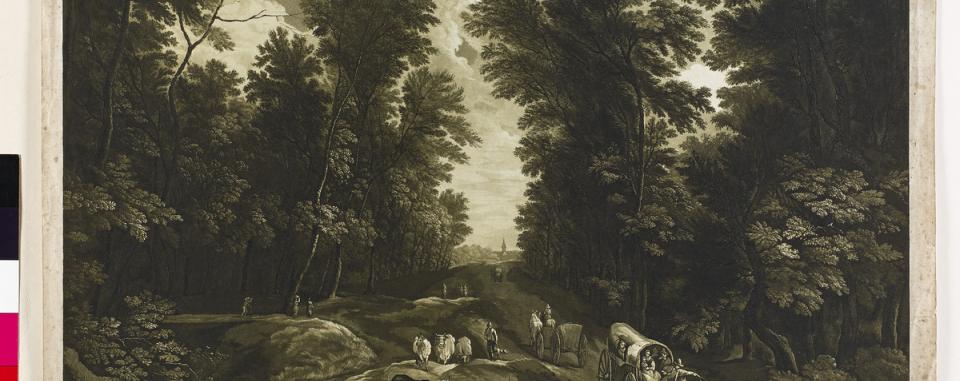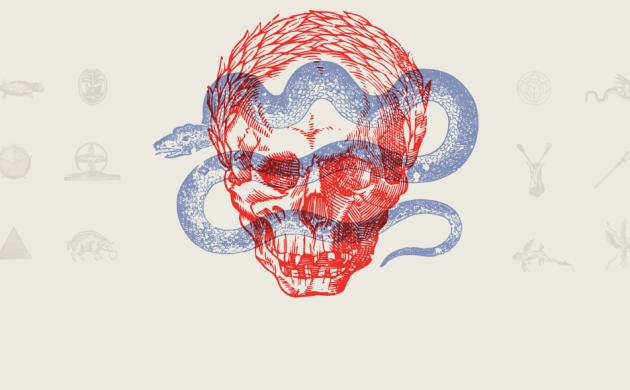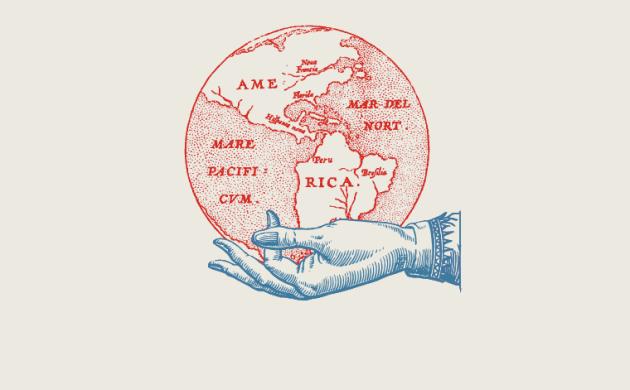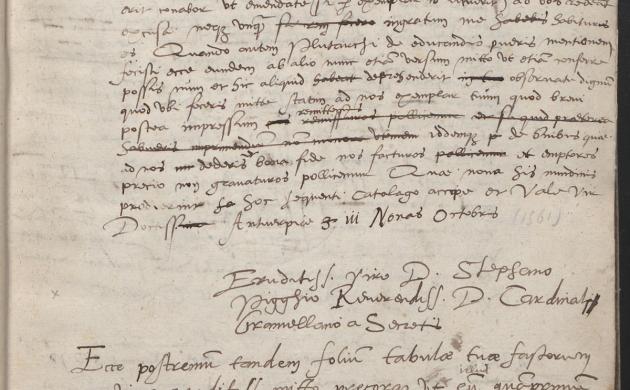Christophe Plantin (c. 1520–1589) was one of the most important publishers in Europe. From his printing firm the Officina Plantiniana on Antwerp’s Vrijdagmarkt he sent out into the world an impressive quantity of high-quality books.
Plantin was continually seeking out authors, customers and materials. His bags were always packed and at the ready for yet another journey in the interests of his business. He lobbied dignitaries for money, commissions and advocacy. He knocked on the doors of debtors, lodged with friends, and in between times also had family matters to attend to and sort out. Not least, of course, he had books to sell: at his shop in Paris, at the Frankfurt Book Fair, and through his printing business in Leiden.
What do we know about Plantin’s journeys? What do we know about travelling in the 16th century? What sort of people were taking to the road? How did they manage it? What difficulties and dangers did they encounter? Plantin would not have been able to catch the high-speed train to Paris in the morning and still be home again for his evening meal. Travelling in the 16th century was a venture not to be undertaken lightly.
On the Road with Plantin. Travel in the 16th Century sketches a fascinating picture of travel in another age, without the aid of Google Maps and Tripadvisor. Armed instead with a purse full of stivers, thalers and pennies. Taking to dirt tracks and navigating treacherous rivers. Going by horse and cart or by tow barge. Travelling slowly all the way.
We are dispatching young photographers to follow in Plantin's footsteps, using different means of transport. In what ways do travel distances and travel times differ from journeys in the 16th century?
From 24 March to 1 August 2021 - intervention in the permanent collection





